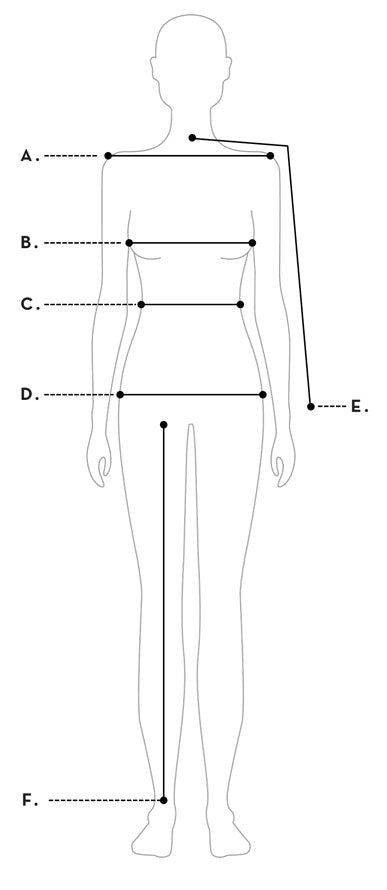What made you want to create new education opportunities for girls in Afghanistan?
Nearly 3 million girls are out of school in Afghanistan. These are the girls I grew up around, this is the environment I grew up in; I’ve been so lucky, so fortunate, and I think it’s impossible not to feel compelled to do something.
It’s also a fact that investment in girls’ education comes with an enormous rate of return: girls who are educated marry later, have fewer and healthier children, and invest as much as 90% of their income back into their families. This, by the way, is one of the key reasons why SOLA begins the boarding school process in the 6th grade: adolescence is a critical time in a girl’s life, especially in Afghanistan, and if a girl is in school during this time, the chances of her completing her education and marrying later rise dramatically.
A girl who is educated will never raise her children without education; an educated girl changes the future of her family. I believe that the most effective antidote to extremism is to create the best-educated generation in Afghanistan’s history. Our girls today – the women of tomorrow – are the ones who will make it happen.
What is the state of girls’ education in Afghanistan today?
63% of the teenage girls in my country can’t read. Think about that for a moment. The illiteracy rate for teenage boys is about half that. 66% of girls ages 12-15 don’t attend school. That number is around 40% for boys of the same age. ⅓ of girls in Afghanistan are married before they turn 18.
These statistics come from a recent Human Rights Watch report, and I consider it a must-read for anyone interested in girls’ education in Afghanistan. Among other things, it details the very serious issues we have with school infrastructure: for instance, more than 40% of schools in Afghanistan have no buildings whatsoever – classes are held in tents or completely outdoors. 30% of schools lack safe drinking water; 60% have no toilets.
I think a lot of American audiences are surprised when they learn how important it is for Afghan girls to have female teachers. It’s not something that’s thought about too much in this country – but in Afghanistan, many families, especially in rural areas, won’t allow their daughters to be educated by men. These girls will be pulled out of school if there aren’t any women to teach them. So now that you know this, consider the fact that there are 34 provinces in Afghanistan, and in 17 of them – in half of them, in other words – less than 20% of the teachers are women.
How is SOLA making an impact?
SOLA, back when we launched in 2008, was set up to be an organization that would secure scholarships and study-abroad opportunities for Afghan students. That’s what we did, and we did it well: over the years we’ve secured more than $9 million in scholarships for SOLA alumni.
But we changed our direction in 2016, deciding to focus on a boarding school model solely for girls as I mentioned earlier. For our inaugural class of 6th graders in 2016, we received 117 inquiries from families and 70 applications, and we accepted 26 students. For 2018’s class of 6th graders, we received 800
inquiries and 130 applications, and we accepted 16 students. We’ve become more selective, and certainly the growth in our applicant pool suggests that there’s growing interest across Afghanistan in what we’re doing.
We recruit students from across the country and across ethnic and religious lines: our student body hails from 23 of Afghanistan’s 34 provinces, and all major ethnic and religious groups are represented. Of course, this is a strategic decision on our part: ethnic and religious tensions contribute significantly to my country’s political instability, so we make a point to bring girls of all backgrounds together at SOLA.






